When choosing a slitter rewinder, you need to consider equipment performance, production needs, and cost-effectiveness. Here are 5 key parameters and guidelines to help you make an informed decision:
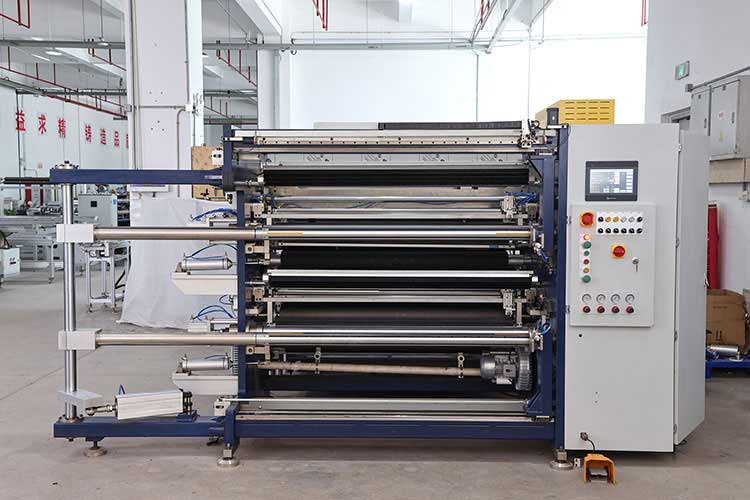
1. Material property matching
• Key parameters: material type, thickness, width, tension sensitivity
• Key points for avoiding pits:
◦ Film/paper/metal foil: Different materials need different tension control systems (e.g., film requires high-precision magnetic particle brakes).
◦ Thickness range: Confirm that the device can handle ultra-thin (e.g., 6 μm) or ultra-thick (e.g., 500 μm) materials without tearing or wrinkling.
◦ Electrostatic sensitive materials: Choose a model equipped with a static eliminator.
2. Slitting accuracy and knife type selection
• Key parameters: slitting width tolerance (±0.1mm for high accuracy), tool holder type (flat knife/round knife/air knife)
• Key points for avoiding pits:
◦ High-precision requirements: choose servo drive + CNC system to avoid mechanical errors.
◦ Knife Adaptation:
▪ Flat knife: suitable for paper, hard materials, low cost but easy to wear.
▪ Round knife: high-speed film cutting, long life but regular grinding.
▪ Air knives: Contactless cutting, protecting sensitive materials (e.g. optical films).
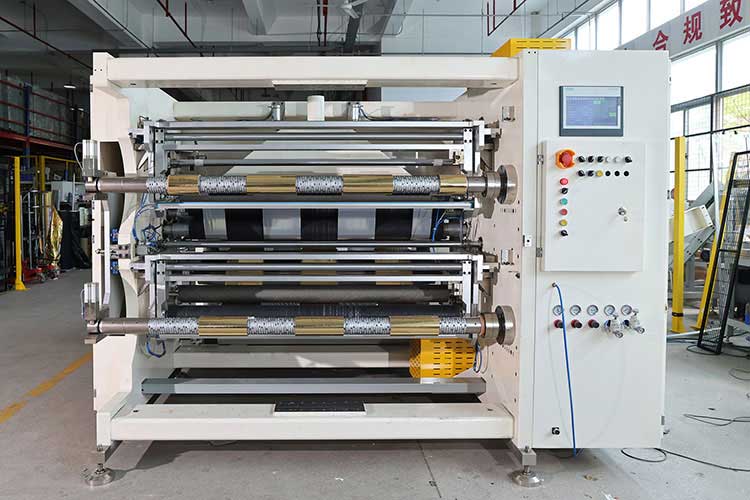
3. Tension control system
• Key parameters: tension range (e.g. 5-200N), control mode (open/closed)
• Key points for avoiding pits:
◦ Closed-loop tension control: a high-precision sensor is required, and the fluctuation needs to be <±1% (such as lithium battery separator slitting).
◦ Taper tension function: automatic adjustment when the material with large roll diameter is rewound to prevent the inner layer from being extruded and deformed.
4. Productivity and automation
• Key parameters: maximum speed (e.g. 300m/min), automatic roll change/splicing, online inspection
• Key points for avoiding pits:
◦ High-speed production: It is necessary to match the high-rigidity frame and dynamic balance rollers to avoid vibration affecting the quality.
◦ Automation: automatic unloading and ERP system docking can reduce labor costs (saving 3-5 people/shift).
◦ Inspection system: Defect detection (CCD camera) or thickness monitoring (β rays) reduces scrap rates.

5. Scalability and maintenance costs
• Key parameters: modular design, spare parts replacement cycles, energy consumption
• Key points for avoiding pits:
◦ Quick tool change design: reduce downtime (e.g. change tool position within 1 minute).
◦ Energy consumption comparison: Inverter motors are more than 30% more energy-efficient than traditional motors.
◦ Universality of spare parts: avoid the selection of non-standard customized parts, which leads to difficulties in later maintenance.
Additional pit avoidance recommendations
• Field test: Suppliers are required to test the machine with your materials to observe the burrs on the slitting edge and the uniformity of winding.
• After-sales response: Priority is given to local service outlets or vendors that provide remote diagnosis.
• Safety Certifications: Confirm that the equipment complies with CE/OSHA standards, especially emergency braking and protective cover design.
Summary: According to your material characteristics (such as slitting PET film), capacity requirements (such as 10 tons per day), budget range (such as 50-1 million), balance accuracy and speed, choose equipment with high modularity and perfect after-sales service. Avoid blindly chasing low prices and ignoring long-term costs.
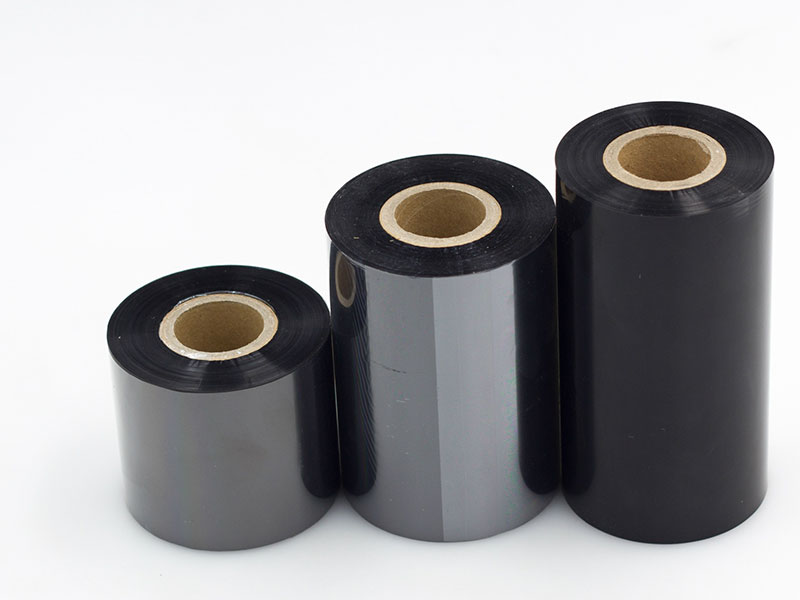
it uses precise cutting to cut out a more economical, more efficient and more environmentally friendly development path for enterprises.
29. December, 2025
Modern high-quality ribbon slitting machine combines automation, intelligence and high precision:
29. December, 2025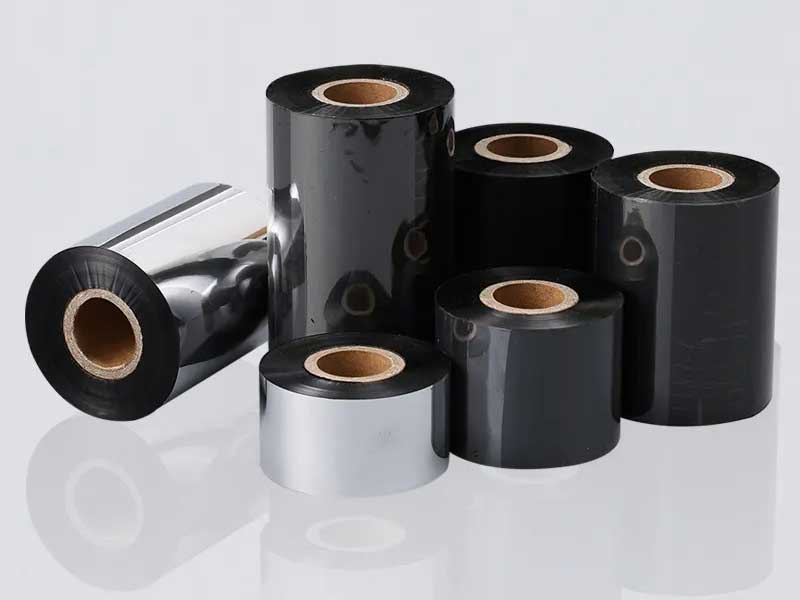
Through precise local upgrading, process optimization and intelligent transformation, small and medium-sized enterprises can achieve a great leap in production efficiency with limited resources.
29. December, 2025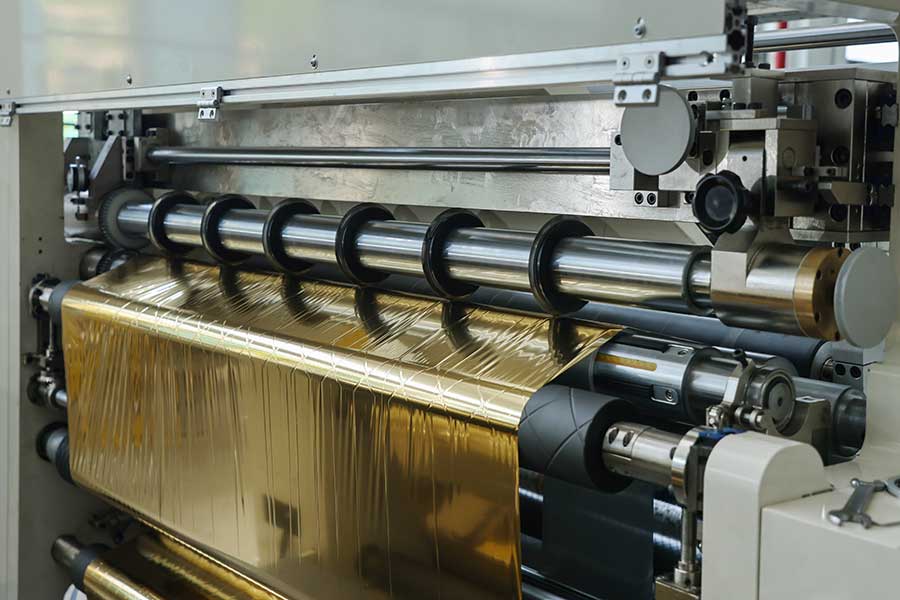
This seemingly simple piece of equipment is quietly changing the production efficiency standards of the entire industry.
27. December, 2025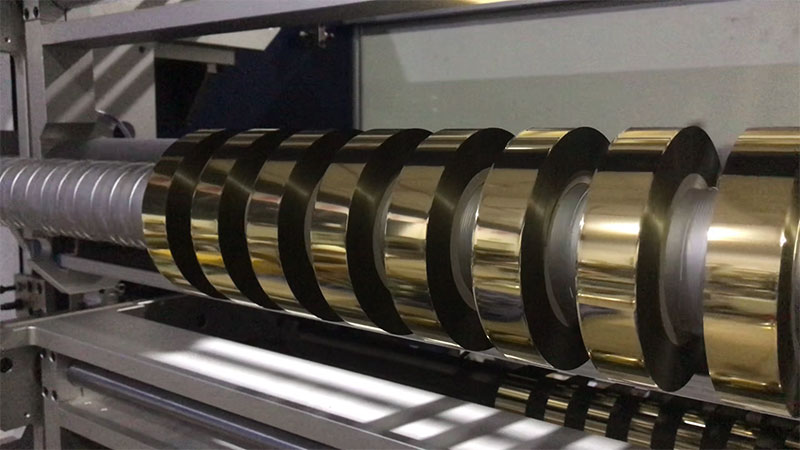
A hot stamping foil slitting machine that can truly carry the trust of users must be the culmination of the following characteristics.
27. December, 2025